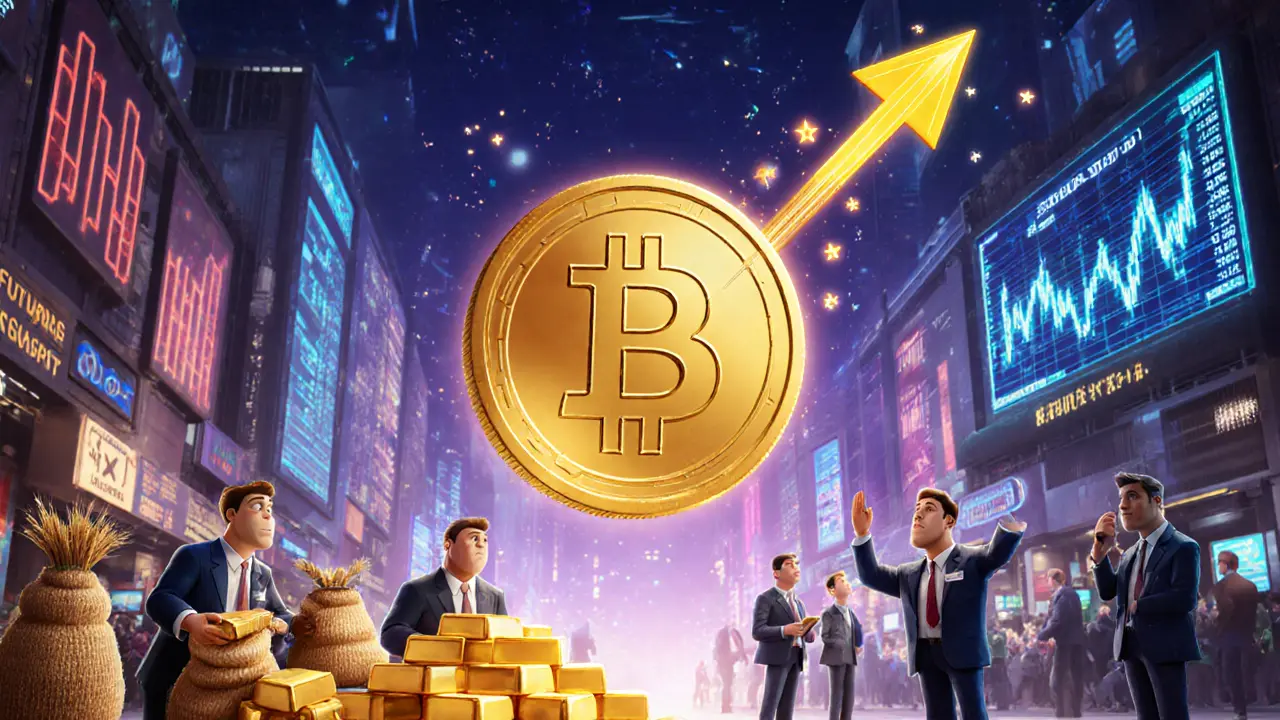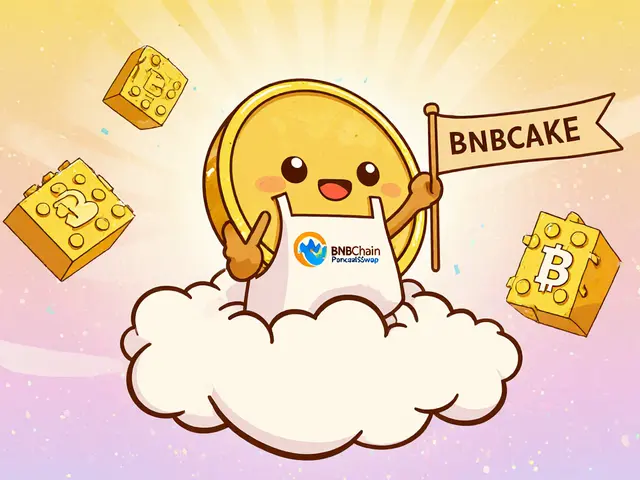Volatility in Crypto: What It Means, Why It Matters, and How to Handle It
When we talk about volatility, the speed and size of price changes in an asset. Also known as market fluctuations, it's what makes crypto feel like a rollercoaster—sometimes thrilling, sometimes terrifying. Unlike stocks or gold, crypto prices can swing 20% in a single day because of a tweet, a regulatory rumor, or a wallet move no one saw coming. This isn’t a bug—it’s a feature of markets with low liquidity, high speculation, and global 24/7 trading.
Volatility isn’t just about price. It’s tied to crypto trading, the act of buying and selling digital assets with the goal of profit. Also known as crypto speculation, it’s where traders live and breathe the ups and downs. High volatility attracts day traders looking for quick gains, but it scares off long-term holders who just want their Bitcoin to grow quietly. Then there’s crypto risk, the chance you’ll lose money because of sudden price drops or failed projects. Also known as market exposure, it’s what happens when a token like GNON or DCOIN crashes 99% because no one knows who’s behind it. The posts below show how volatility hits real projects: one day a token’s on the rise because of an airdrop hype, the next it’s dead because the team vanished. That’s volatility in action.
What you’ll find here isn’t theory. These are real stories of coins that exploded and collapsed, exchanges that handled big swings better than others, and airdrops that turned into traps because no one understood how volatile the underlying token was. You’ll see how RIZ and EGP appeal to institutional traders who need stable yields despite market chaos, and why platforms like OVEX and WOOFi attract users who know how to trade through the noise. You’ll also learn why Chinese and Indian traders face extra pressure—not just from regulation, but from how fast prices can shift when liquidity dries up overnight.
Volatility doesn’t care if you’re new or experienced. It only cares if you’re prepared. The posts below give you the facts—not the hype—so you can spot when a price spike is real, when it’s a pump, and when it’s time to walk away.



